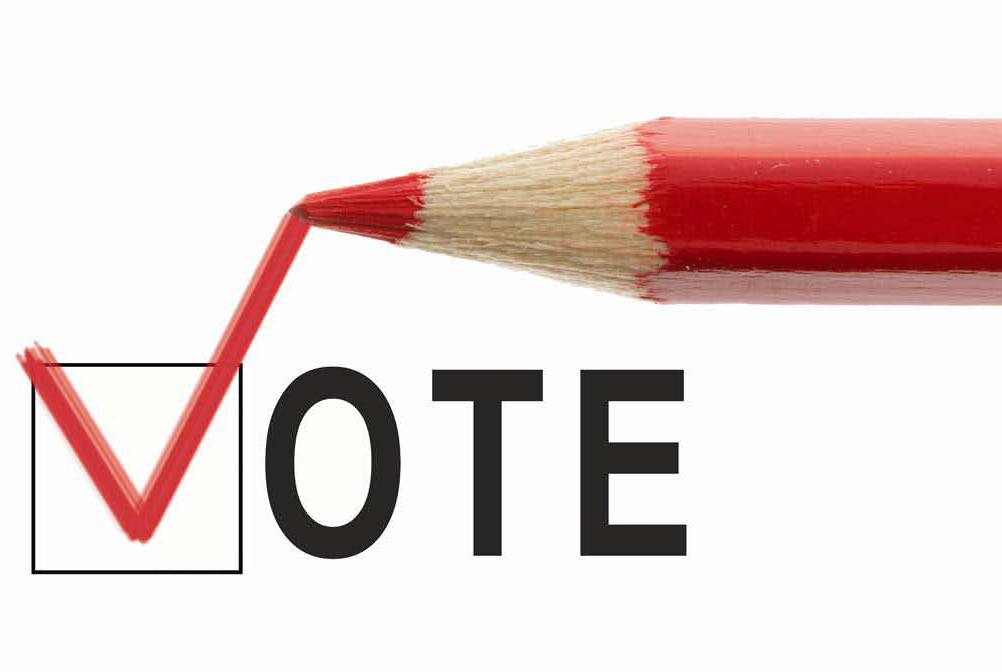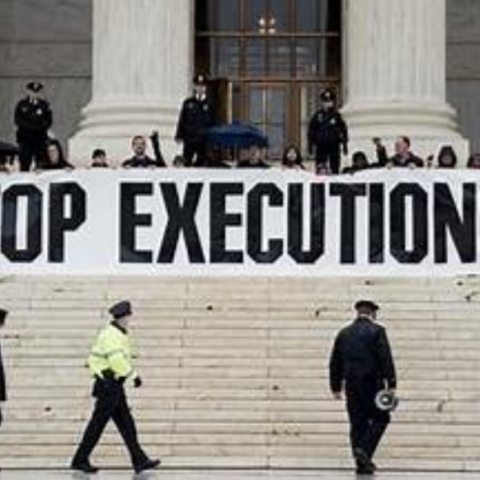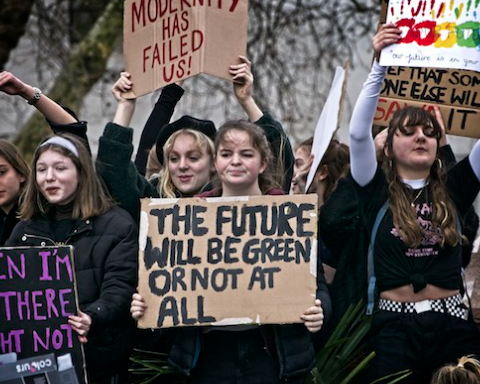By Jack Keller
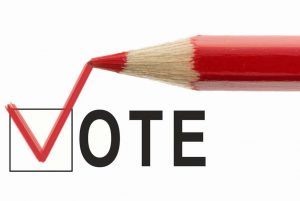
“Go Vote,” is the imperative your U.S. Government teacher would reiterate to your class constantly. Unfortunately, eligible citizens are turning out to vote at staggering low rates. According to a report from the Bipartisan Policy Center, only 57.5 percent of the eligible citizens voted in the 2012 presidential election, which is a five percent drop from 2008 when 62.3 percent of eligible citizens voted. Perhaps worse, the United State’s population increased by eight million citizens, yet, according to the U.S Census Bureau of Voting and Registration, an estimated 133 million voters of 215 million eligible citizens turned out to the voting booths. This means that roughly 82 million people did not participate in the election of their nation’s leader.
The 2012 turnout percentage decreased in every state except two—Louisiana and Iowa. In fact, America placed 120th on a global report of voter turnout rates, compiled by the International Institute for Democracy and Electoral Assistance. Priding itself on its democratic principles, the United States barely maintains two-thirds of the eligible population’s vote. To put this in perspective, Australia boasts the world’s highest turnout rate at 94.5 percent. Due to a mandatory voting system, a small A$20 fine (about $18 in the United States) provides enough incentive to motivate Australians to participate in elections at substantially greater rates than countries with voluntary voting.
Perhaps more frustrating, the 2012 campaigns spent over $6 billion on pamphlets, postage, staff salaries, travel expenses, and all sorts of advertising—from internet ads to TV commercials. The IDEA’s study placed Barbados at 113th with 68.8 percent of voter turnout over 11 elections. Interestingly, America’s campaign budget surpasses the entire GDP of Barbados, however, the United States remains in the bottom quarter of countries free to participate in elections.
With all the time, money, media, and overall effort put into campaigning for the 2012 election, why is there such apathy associated with American politics that it silences the voices of a free nation?
The problem begins with the lack of turnout in the midterm election. Just 36.4 percent of eligible voters turned out in 2014 to elect local leaders, congressman, senators, and governors. According to the United States Elections Project, this is the lowest voting turnout in over 72 years. Back in 1942, 33.9 percent of the eligible citizens voted, but considering that a good portion of the adult American males were preoccupied with a world war, they have an excuse. Despite $3.6 billion spent on the 2014 midterm election, two out of three Americans were uninspired by their local political options. Consequently, the men and women directly deciding local legislation do not necessarily reflect the ideology of their constituents.
A majority of Americans feel distanced from the defining wealth of American politics. Old political labels conceal the gooey nature of our political system. At face value, it is Republicans versus Democrats, but the ideological differences between liberals and conservatives concede to a consistent approach to unfettered corporate funding.
An individual’s vote is drowned in the flood of unexplained dark money permeating our political system. A phenomenon practice during the 2010 midterms, dark money refers to campaign funds spent on behalf of a candidate not disclosed to voters prior to Election Day. In total, these groups spent upwards of $161 million during 2010 and $216 million during this election cycle.
In electing Senate majority leader, Republican Mitch McConnell of Kentucky, independent groups like the National Rifle Association, the National Association of Realtors, and the National Federation of Independent Business contributed $23 million in unlimited campaign spending. Not to mention the Kentucky Opportunity Coalition’s generous gift of an estimated $7.6 million spent on an attack ad campaign against the Democratic challenger, Alison Lundergard.
Dark money was not the only spending pollutant in this year midterms. Designed for candidates to bypass federal limits, 94 “super PACs” allowed donors to support their choice candidate through disclosed donations. Of $52.6 million these groups spent, 57 percent benefited Democrats. All together, independent expenditures totaled $525.6 million. 57 percent benefited the GOP and undoubtedly contributed to the conservative majority in both the House and the Senate.
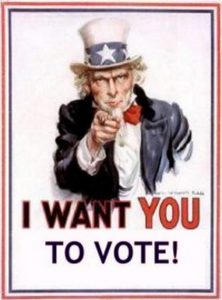
The Journal of Politics published research that polarization and gridlock may even increase the wealth of the few and exacerbate economic inequality. Adding to this research, Non-Profit Vote reported that voter participation strongly correlated with factors like education, income, and age.
In 2000, there was roughly a 20 percent gap in voter turnout between individuals bringing home less than $50,000 compared to voters earning above $75,000. Fortunately, reforms like same day registrations and early in-person voting have helped reduce this gap to 15 percent in 2012.
Yet, the voting population is hindered by education. According to the Pew Research Center, nonvoters are less educated and less affluent than likely voters. Almost 54 percent of nonvoters have less than a high school diploma. This represents around 44.1 million people. Low education levels go hand-in-hand with low incomes as 46 percent of nonvoters have family incomes under $30,000. Basically, this marginalized population lacks representation due to their lack of participation in both presidential and midterm elections. Congruently, their situation is stagnant, leaving this branch of the population with a sense of ennui.
The young person’s vote is hardly reflected in American politics. In 2012, 41.2 percent of 18 to 24 year olds participated in the election. Comparatively, 71.9 percent of voters over 65 turned out to vote. Considering that over half of this age group does not show up to the poll booth, it is too easy to write off politics as boring and ignore voting all together. Lacking fiscal capital or influential networking, the young American vote seems worthless in the “grand scheme of things.” But, this template of thought is feckless. If one is dissatisfied by politics and does not bother to participate in elections, he is allowing others to suffocate his voice, beliefs, and in effect, his actions. Consequently, he is conceding to the over-arching institution of wealthy American political parties.
Latin for “out of many, one,” our founding fathers chose E Pluribus Unum as the moniker for a united nation comprised of a collection of states. However, now more than ever, frustrating gridlock defines the American political system. The growing disparity within campaign finance confirms for American voters that their vote falls into the cracks of a broken system. For many, not voting disassociates one from mediocrity, which in effect, perpetuates the status quo. This gives birth to a new motto, “Ex multis unum, quia pauci” meaning “from many, for few”.
In his essay “The Weasel, Twelve Monkeys And The Shrub”, David Foster Wallace wrote, “In reality, there is no such thing as not voting: you either vote by voting, or you vote by staying home and tacitly [double] the value of some Diehard’s vote.” Although one vote may seem miniscule among the myriad of voices, it is securing your independence as an American. So, to heed what you learned in high school, “Go Vote!” It’s your voice.
There will be an abridged version of this article appearing in our Spring 2015 Magazine.
